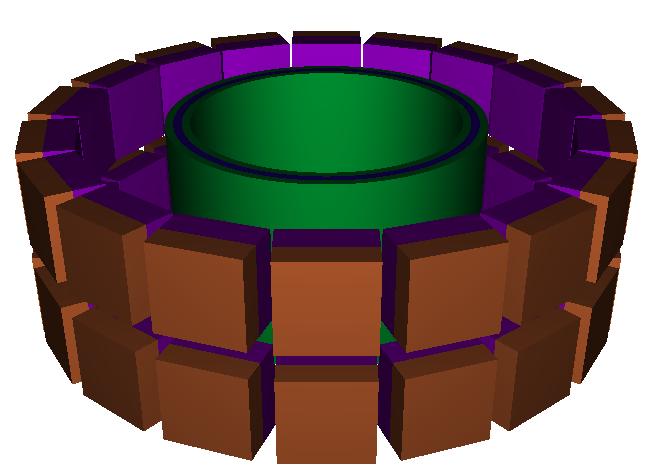

We are pleased to announce the availability of a NEW RELEASE OF PENELOPET (v3.0)
This release is freely available under request to the authors.
New in this version:
PeneloPET is a Monte Carlo code based on PENELOPE that provides the ability to perform realistic simulations for pixelated scintillator based PET scanners. PeneloPET has been developed by the Nuclear Physics Group of Universidad Complutense de Madrid
People interested in PeneloPET can send an email to penelopet[at]nuclear.fis.ucm.es specifing name, organization, purpose for PeneloPET (just two lines describing what you are interested in doing with PeneloPET). As mentioned, PeneloPET is based on PENELOPE code that you must get from Nuclear Energy Agency. Tell us the PENELOPE version that you have and we'll send you the PeneloPET code adapted for that version. You will be able to run the program on any operative system that have a FORTRAN 77 compiler. Just unzip the files and you are ready to run!.
Feel free to send any suggestions or doubts to penelopet[at]nuclear.fis.ucm.es. The documentation for PeneloPET with a few examples can be found here, some references describing PeneloPET are here